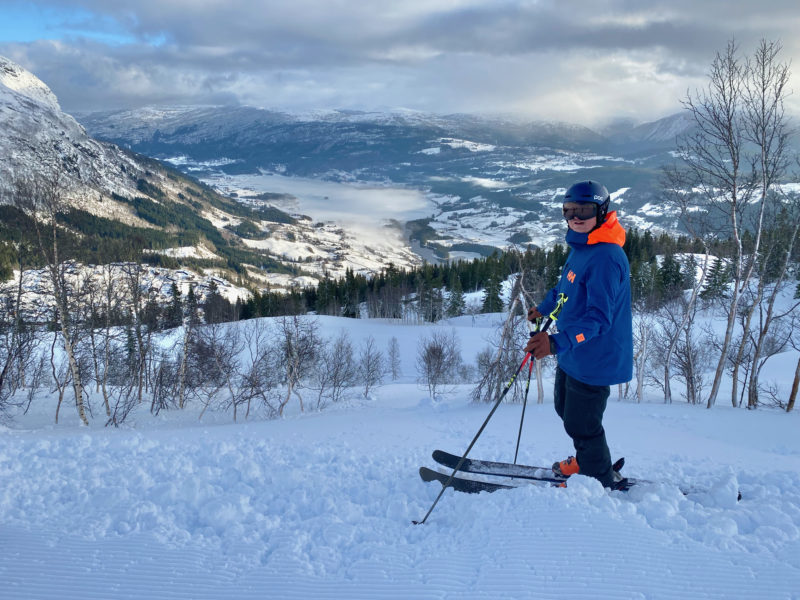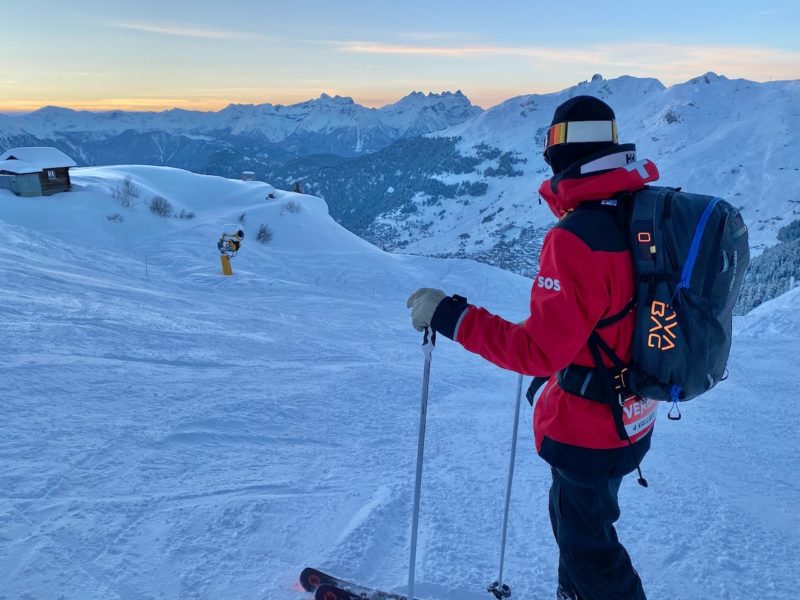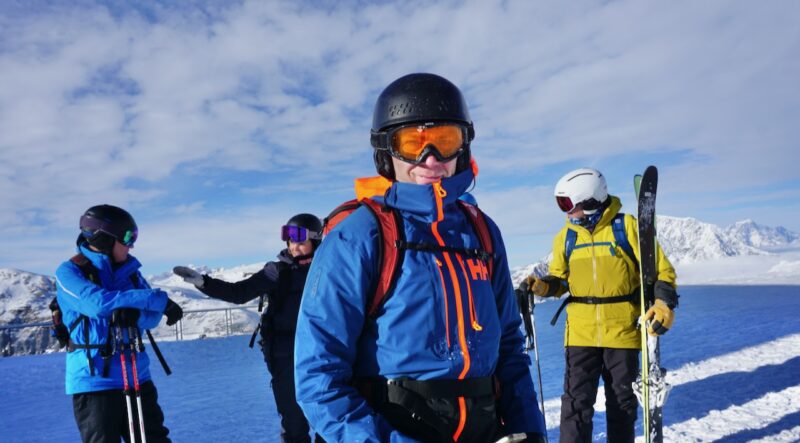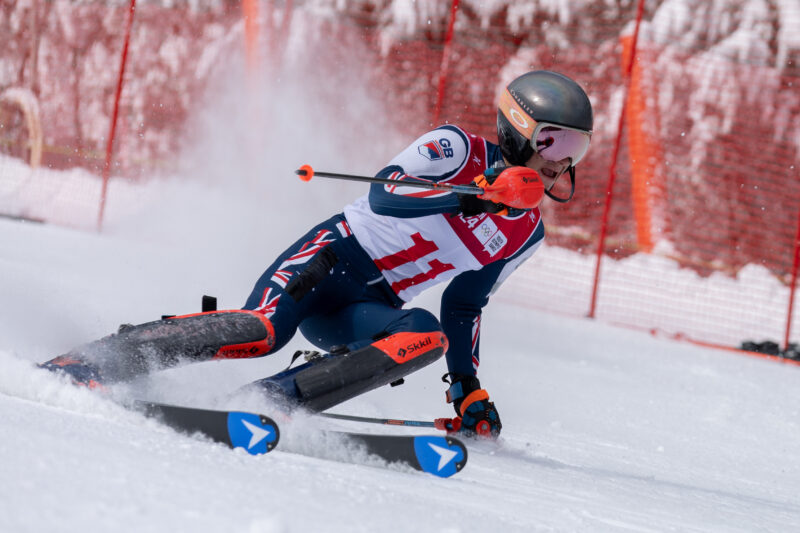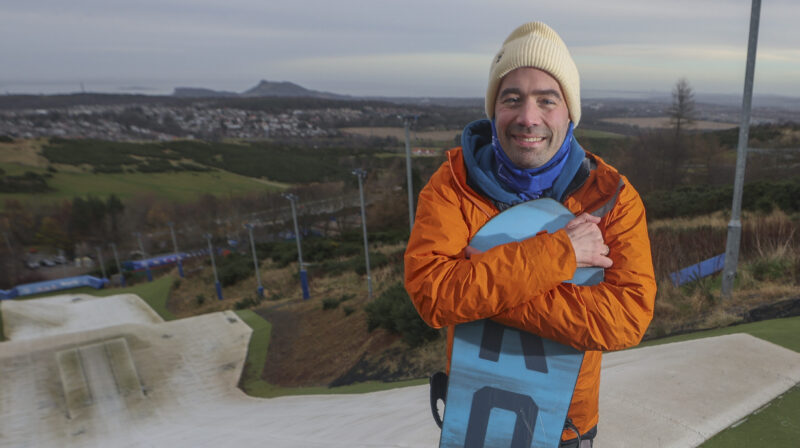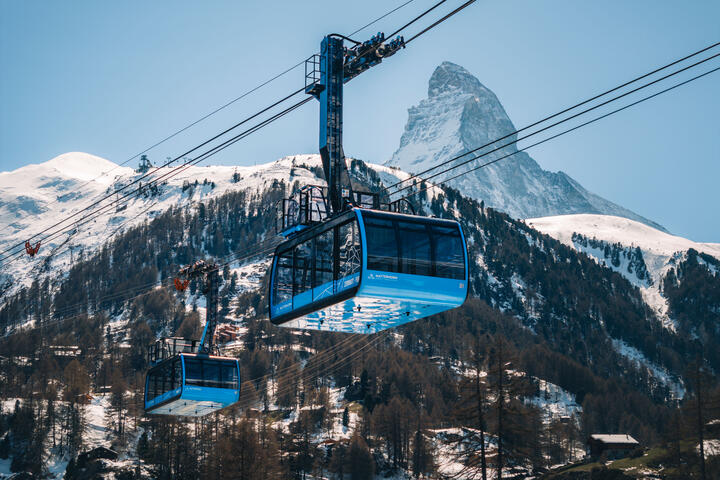AI Helps to Predict Avalanches in Switzerland
10th May 2024
Last modified on May 12th, 2024
The Swiss Institute for Snow & Avalanche Research has been using Artificial Intelligence, AI, in a three-year research project.
As the project ends researchers say AI has been useful.
They say that machine-trained algorithms and humans have different strengths and weaknesses and complement each other well.
The risk of avalanches can be predicted by artificial intelligence (AI) just as well as by humans according to the Institute.
What is new is not the use of algorithms in avalanche warning as such, but that algorithms analyse and evaluate the results of other models such as the simulation of the snowpack and independently assess the situation.
They found their predictions good.
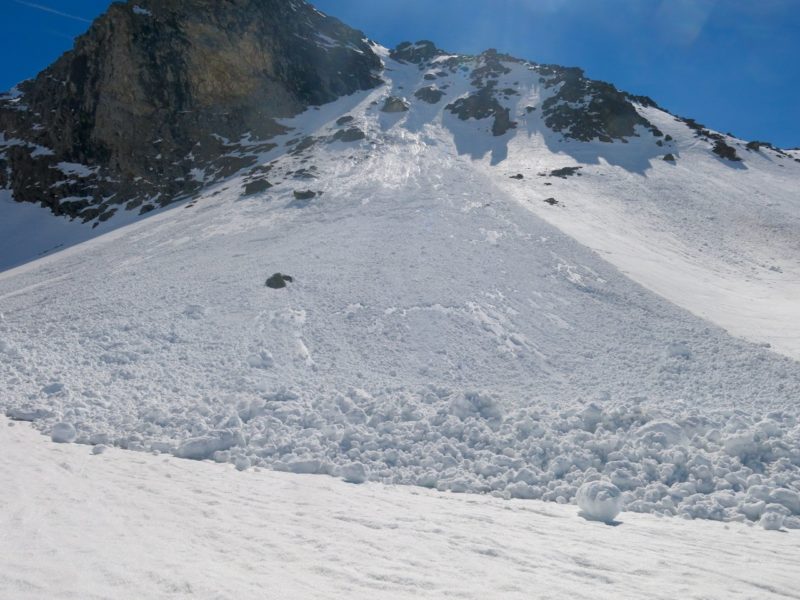
Avalanche in the Alps. Image © PlanetSKI
“Sometimes they are clearly not, but even we are sometimes wrong,” said avalanche warning expert, Frank Techel.
The human employees of the avalanche warning service use the same data and models for their work as the computer.
But they also use information such as current observations in and feedback from the terrain.
This data is not available to the computer.
The algorithm relies exclusively on simulations of the snow cover as input.
On the other hand, for reasons of time alone, humans select the data relevant to them from the mass of data, the machine does not.
“Models allow a spatial and temporal resolution that we humans will never achieve,” added Techel.
Humans and machines complement each other.
The algorithms help to interpret basic data sets.
Both sides also make mistakes.
“The good thing is that the models make different mistakes to us,” says Techel.
The avalanche warning service thus receives a second, independent opinion and can reconsider its current result for the avalanche bulletin in the event of major discrepancies.
The team is currently developing the project further and wants to better combine human and machine forecasts in the future.




